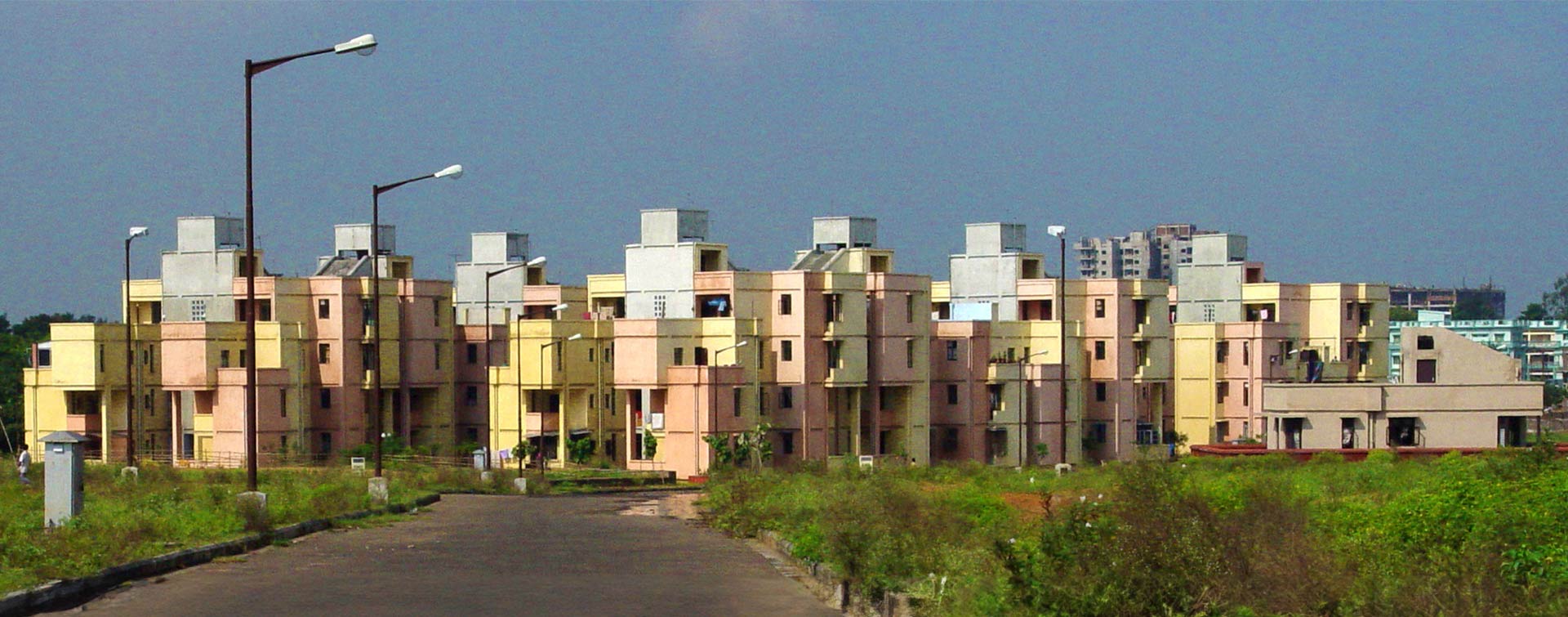 8 min
8 min
Cities need to rise to the challenge of climate change and the depletion of natural resources. In your view, what are the main barriers they face?
Maimunah Mohd Sharif : It is vital to take action in cities to combat climate change and the depletion of natural resources because they are responsible for 70% of greenhouse gas emissions. But several major barriers prevent them from progressing quickly enough. One of them is the political will. Or rather the lack of political will. We need leadership and strong determination to change the status quo. Politicians talk a lot about the need to do something, but when it comes to implementing commitments and recommendations, it is more difficult. Even those who are willing to act lack the means to take bold action.
This brings me to the other barrier: cities and local authorities have limited resources and struggle to find the funds to invest in sustainable development initiatives.
Finally, there is another barrier that particularly concerns the cities of the Global South: the elected officials have other challenges to face and other emergencies to deal with. I had personal experience of this when I was Mayor of Penang, in Malaysia. We often had floods and other emergencies where we had to rescue people and find resources to quickly rebuild homes. There was no time to sit down and think about how to attract investment or develop sustainable development strategies. We just had to try to stay afloat.
So it’s more about strategy than city lifestyles?
M. M. S. : Many cities have existing infrastructure that is not designed to be sustainable, making the transition to cleaner energy sources and transport very difficult. Very heavy investment is thus needed to change the existing infrastructure.
But we should also remember that cities are not just the source of the problem, they also generate solutions.
In this approach, local authorities work hand in hand with companies. But how can their effectiveness be measured?
M. M. S. : Overcoming the barriers we discussed requires a concerted effort by governments, elected officials, residents and companies. This is why UN-Habitat talks about multilateral solutions that require horizontal and vertical coordination, at different levels, with both the public and private sectors. All this without ever losing sight of the final beneficiary. I have never managed a for-profit company, but I have led cities that need to attract companies to create jobs, and to generate income to improve cities. I have come to realize that in everything we do, we have to keep an open mind. We need an independent assessment. In a company it is the shareholders who fulfill this role, while in city management it is civil society. The important question is Where do our interests connect? How do our actions benefit the people we serve and the customers who make companies profitable? We can only get there if we truly engage with local communities to understand their needs and concerns. In this way, our product or service will always be relevant.
Won’t this public-private partnership make users uneasy?
M. M. S. : Without measurable results, we will not be able to convince stakeholders and shareholders. We should not be afraid to embrace innovation and technological progress. It is a way for companies to improve their interaction with local communities. Artificial intelligence, and new ways of interacting directly with individuals, are progressing at a dizzying pace. If you respect human rights, this will create more productive interactions. And we need them to differentiate ourselves from the artificial, from the mechanical and from technologies that change our way of life. After all, companies are also made up of people.
Let’s move on to specifics. What are the top 3 things we need to change in terms of urban planning and governance to achieve our goals of decarbonization and circular economy at city scale?
M. M. S. : As I mentioned earlier, achieving decarbonization and circular economy goals in cities requires a holistic approach to urban planning and governance. By a holistic approach, I mean effective collaboration at all levels. The three areas we can focus on could be as follows. First, sustainable transport. To achieve decarbonization, cities must prioritize alternative mobility options such as public transport, cycling and walking. This can be achieved by investing in the necessary infrastructure for these modes of transport.
Secondly, zero waste strategies. In 2020, the world generated 2.24 billion metric tons of municipal solid waste, 45% of which was poorly managed. Our current production and consumption patterns are harmful to the environment and human health. We must adopt circular approaches that keep materials in use as long as possible and minimize waste. To achieve this, cities need zero waste strategies that promote the reduction, reuse and recycling of waste. This year, in collaboration with our sister agency, the United Nations Environment Programme, we launched the first International Zero Waste Day.
Finally, renewable energy. Cities can prioritize renewable energy by implementing policies that encourage the installation of solar panels and wind turbines, investing to support these technologies, and partnering with renewable energy companies to supply clean energy to residents. By prioritizing these three areas, cities can make significant progress towards creating a better urban future for us all.
Photo credits: © Heatherwick_EDEN_©Hufton+Crow_014.jpg










